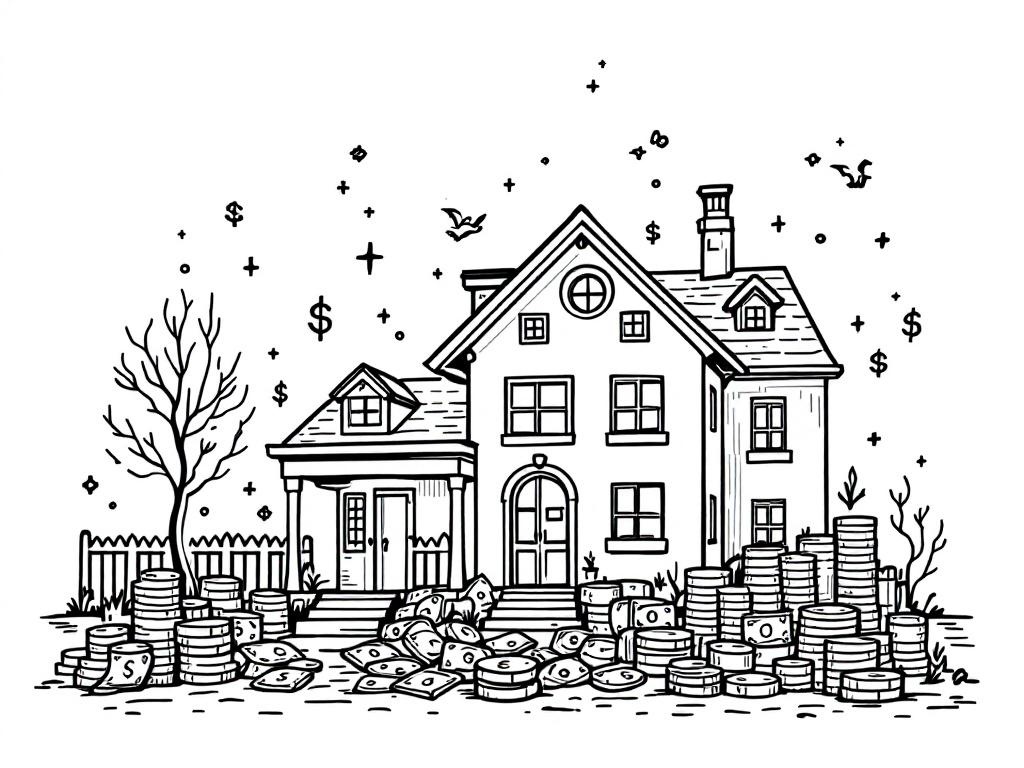U.S. Housing Growth Outpaces Population But Affordability Lags

Washington, D.C., Friday, 10 October 2025.
Despite a 9.5% increase in housing units over the last decade, affordability remains a barrier for many, with home prices rising nearly 50% since 2019.
The Disparity Between Supply and Affordability
While the U.S. has seen a notable increase of 9.5% in housing units from 2014 to 2024, this growth has not translated into improved affordability for many potential homebuyers. Despite the housing supply outpacing the 6.7% population growth over the same period, the rise in home prices by nearly 50% since mid-2019 has exacerbated affordability issues [1]. The U.S. Census Bureau and National Association of Realtors attribute this trend to several economic factors, including high mortgage rates and increasing construction costs [1][2].
Impact of High Mortgage Rates
High mortgage rates have played a significant role in limiting housing market fluidity. As of August 2025, the average 30-year fixed mortgage rate was 6.56%, contributing to increased monthly payments for homebuyers compared to previous years [2]. This situation discourages homeowners with lower fixed rates from selling their homes, thus limiting the availability of existing homes on the market [1][2]. The reluctance of homeowners to sell has further tightened the housing supply, despite the construction of new units [3].
Regional Variations and Political Implications
Regional variations in housing supply and demand have political implications, especially as migration patterns influence electoral demographics. States with lower housing costs, often red states, are seeing an influx of residents from more expensive areas, potentially impacting future electoral outcomes [1]. High-growth states such as Idaho, North Carolina, and South Carolina are leading in new construction, with Idaho authorizing 21.2 new units per 1,000 existing homes in 2024 [3]. These factors highlight the complex interplay between housing affordability and political strategies [1][3].
Future Prospects and Legislative Efforts
Looking forward, legislative efforts aim to address the persistent affordability crisis. A bipartisan housing bill introduced in mid-2025 aims to boost new home construction and improve supply, though its progress is hampered by ongoing political challenges [1]. Additionally, the Federal Open Market Committee’s recent rate cut in September 2025, lowering the federal funds rate to 4% to 4.25%, is expected to ease some financial pressures on homebuyers [2]. However, experts caution that these measures alone may not be sufficient to resolve the affordability issues facing the housing market [2][3].